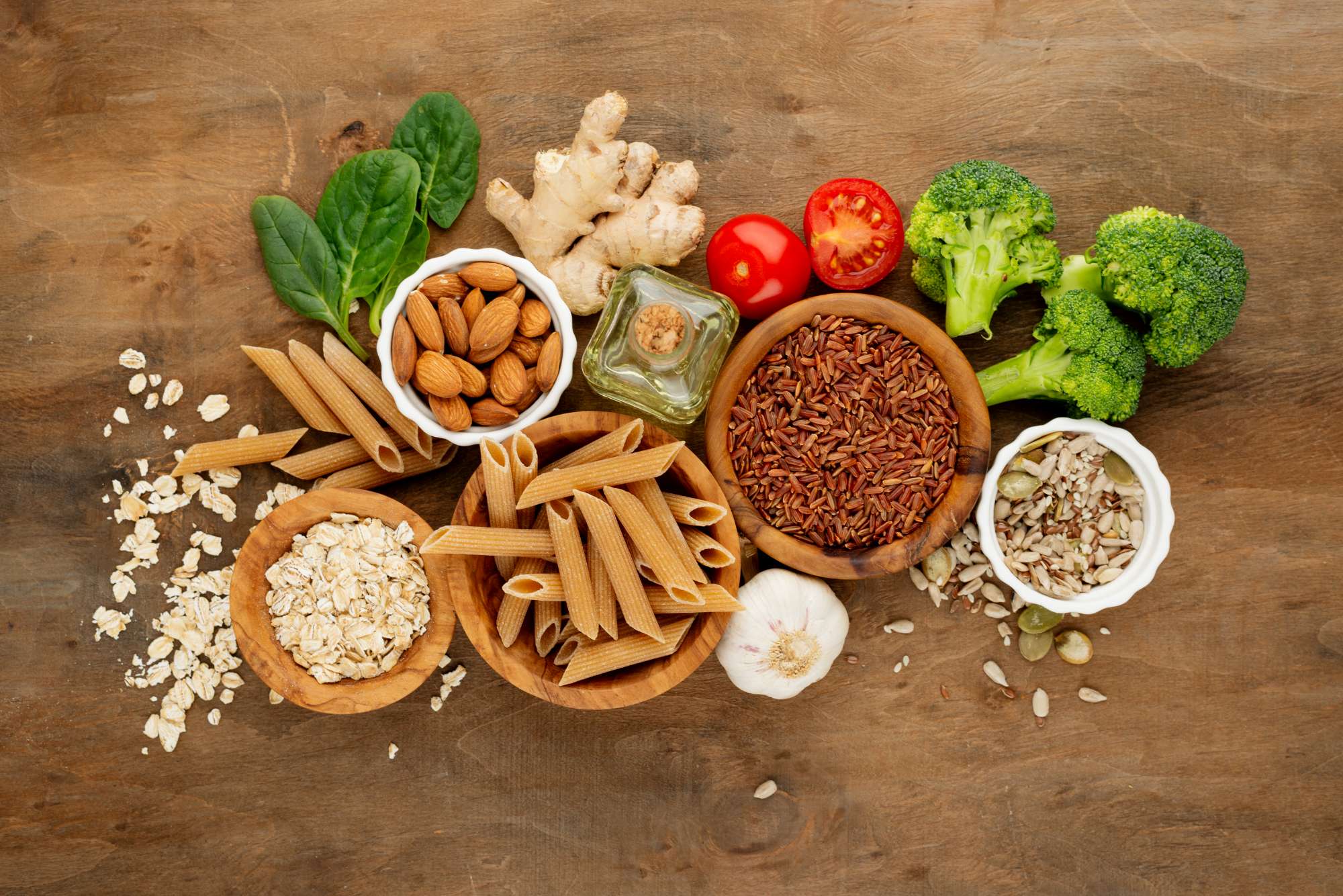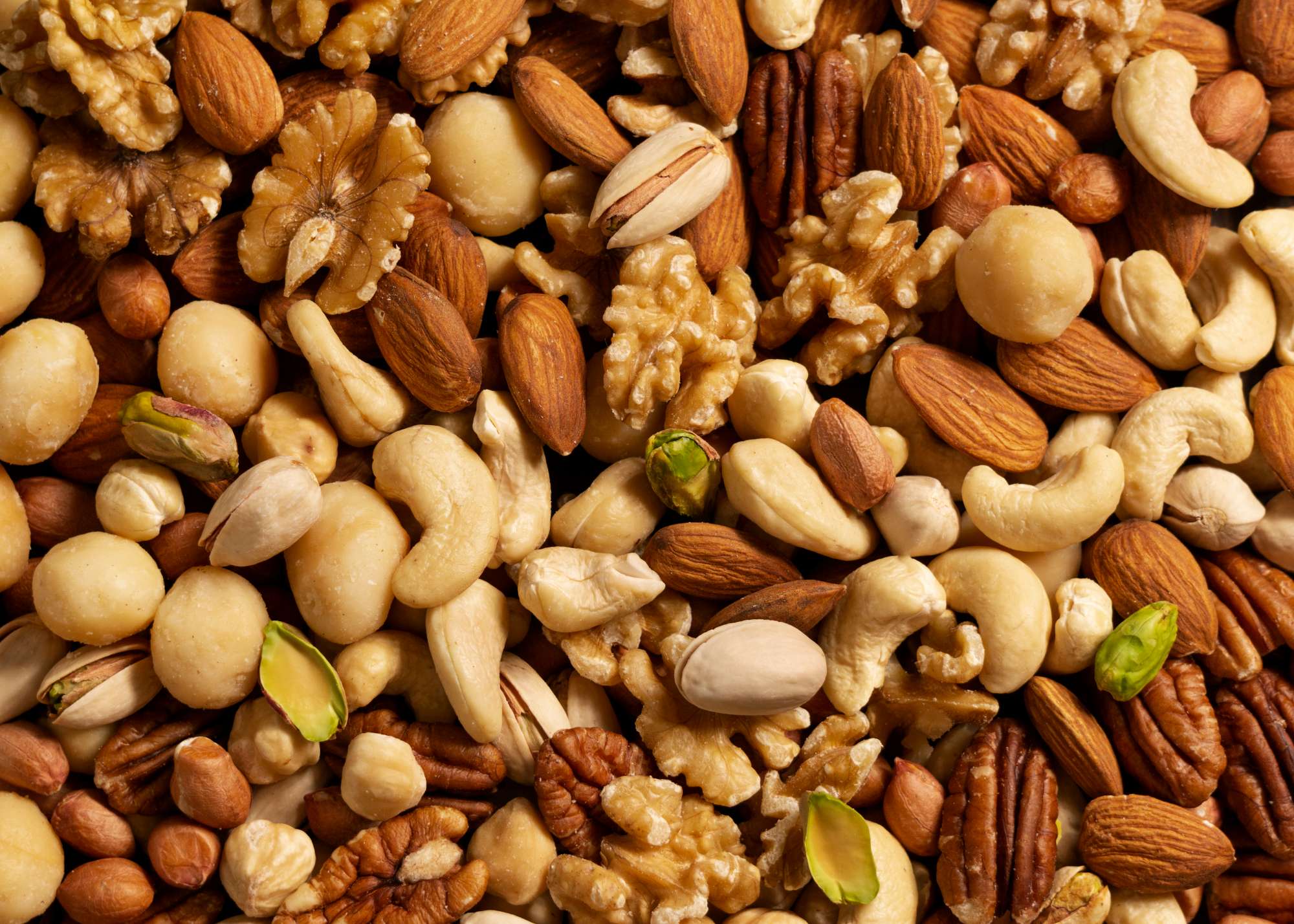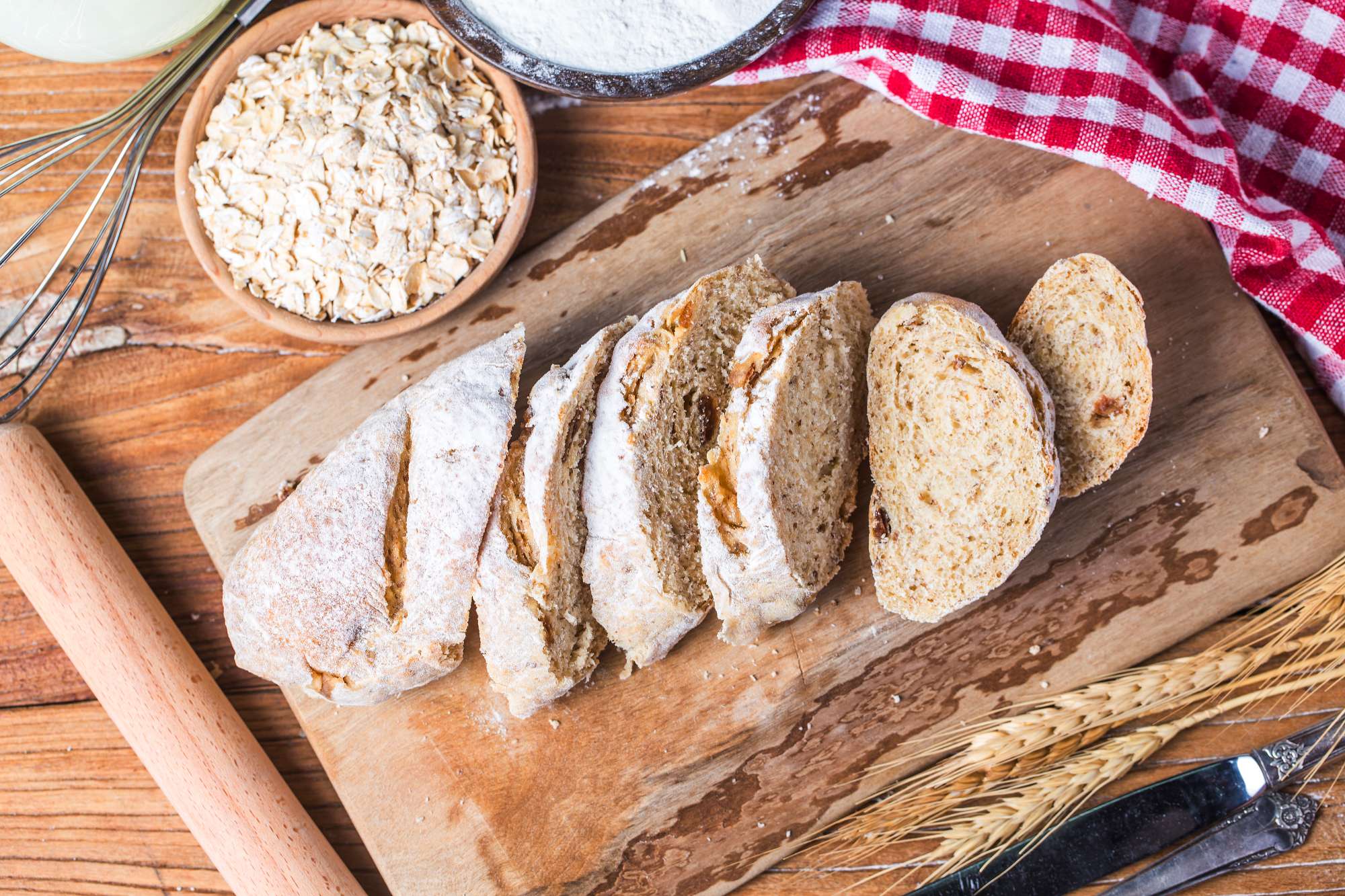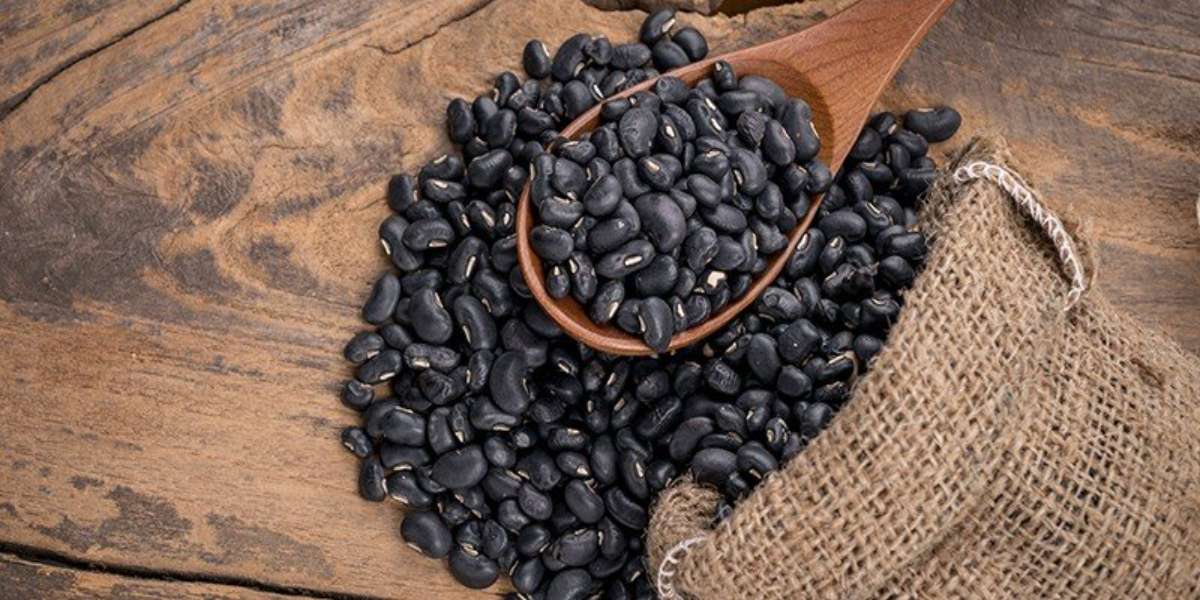Difference between Whole Grain and Whole Wheat
Difference between Whole Grain and Whole Wheat
It is difficult to distinguish because they all have bran, germ and endosperm. The difference can only be determined from the products produced from them, leading to different nutrients, making the health benefits brought from them also different.
Both are equally nutritious as they contain all three grain components: bran, germ and endosperm. They look very similar so it will be difficult to identify the difference between them. However, the main difference between them is in the health promoting components and how they are made.
- Whole grain is created in a way that all the original parts of a grain are still included in the final food that you create.
- Whole wheat loses some parts of the original seed when it is processed. As a result, whole wheat also loses some of the nutrients.
WHAT IS WHOLE GRAIN?
The whole grain contains all elements of a kernel, which are the bran (outer shell), germ (embryo) and endosperm (inner part, core). The bran and germ contain a variety of nutritional components such as dietary fiber, B vitamins, Vitamin E, trace of minerals, antioxidants and small amounts of unsaturated fat. So, the nutrients are intact in whole grain as it is not subjected to the refining process.
The whole grain is also considered tastier than whole wheat, and this is possibly due to the fact that it is not subjected to the refining process. In other words, whole grain is said to have more flavor than whole wheat. It is true that grain is characterized by the texture. Whole grain is of dense texture. This is why whole grain is a repository of nutrients and minerals.
The whole grain is, of course, easily absorbed by the body. It is easily digestible too due to the greater amount of dietary fiber in it. It is said that the dietary fiber in whole grain is four times more than that found in refined grains. The whole grain is highly recommended for diabetic and heart patients. It is because of the fact that the carbohydrates from the whole grains get digested and enter the bloodstream more slowly.
Whole grain can limit the shelf life. The fat content in whole grain is lower the fat content in whole wheat. While whole grain is characterized by the presence of more oil than whole wheat. This is possibly the reason why whole grain is costlier than whole wheat.
WHAT IS WHOLE WHEAT?
As whole wheat is a refined product of whole grain, it primarily contains endosperm. During the refinement process, it loses the bran and germ (The germ is removed because of its fat content, which can limit the shelf life of processed wheat products). It is important to note that the nutrients get lost during the refining process of obtaining the whole wheat.
When it comes to the texture, whole wheat is of lighter texture. When it comes to the process of digesting, unlike whole grain, the whole wheat is not easily absorbed by the body.
One of the greatest advantages of having whole wheat on your kitchen shelf is that it has a long shelf life.

WHAT IS THE DIFFERENCE BETWEEN THEM?
1. Definitions:
- Whole Grain: Whole grain contains all the three elements of a kernel; namely, the bran, germ, and endosperm.
- Whole Wheat: Whole wheat is a refined product that has only the endosperm but not germ and the bran.
2. Texture:
- Whole Grain: Whole grain is of dense texture.
- Whole Wheat: Whole wheat is of lighter texture.
3. Shelf Life:
- Whole Grain: Whole grain does not have a long shelf life.
- Whole Wheat: Whole wheat has a long shelf life.
4. Nutrients:
4.1. Calories:
- Whole Grain: A piece of whole grain bread contains 100 calories.
- Whole Wheat: A piece of whole wheat bread contains 67 calories.
4.2. Fat:
- Whole Grain: A piece of whole grain bread contains 2g of fat.
- Whole Wheat: A piece of whole wheat bread contains 1.07g of fat.
4.3. Carbohydrates:
- Whole Grain: A piece of whole grain bread contains 19g carbohydrates.
- Whole Wheat: A piece of whole wheat bread contains 12.26g carbohydrates.
4.4. Protein:
- Whole Grain: A piece of whole grain bread contains 5g protein.
- Whole Wheat: A piece of whole wheat bread contains 2.37g protein.
4.5. Dietary Fibers:
- Whole Grain: A piece of whole grain bread contains 5g dietary fibers.
- Whole Wheat: A piece of whole wheat bread contains 1.1g dietary fibers.
4.6. Vitamin C:
- Whole Grain: A piece of whole grain bread contains 10% vitamin C.
- Whole Wheat: A piece of whole wheat bread contains 0% vitamin C.
4.7. Calcium:
- Whole Grain: A piece of whole grain bread contains 2% calcium.
- Whole Wheat: A piece of whole wheat bread contains 3% calcium.
4.8. Iron:
- Whole Grain: A piece of whole grain bread contains 6% iron.
- Whole Wheat: A piece of whole wheat bread contains 5% iron.

WHICH ONE IS MORE HEALTHIER?
Considering that both whole grain and whole wheat products contain the entire kernel, they’re equally nutritious. But when it comes to produce, it's important to eat mostly whole grain or whole wheat products because they contain the most nutrients. Refined grain products and refined flour have had their germ and bran removed, losing many nutrients and fiber.
Most research pointing to the health benefits of grains comes from the fiber, healthy fats, and nutrients found within the germ and bran of the grain kernel. For example, a 2019 review study including 137,807 people found a significant inverse relationship between whole grain consumption and weight. This suggests that whole grains can aid weight management, likely due to the filling effects of fiber.
What’s more, many studies have linked a diet rich in whole grains to a lower risk of heart disease, type 2 diabetes, certain types of cancer, and premature death.
In contrast, refined grains, which have had their bran and germ removed, are not linked to the same health benefits due to their low nutrient and fiber contents.


IN SHORT
Both whole wheat and whole grains contain all three components of the grain kernel and are equally nutritious. The main difference between the two is that whole wheat is reserved for products using the entire wheat kernel, while whole grain is an umbrella term for all types of grains in their whole form.
Refined grain products usually have the nutritious bran and germ removed during processing, making them less nutritious options. For the most health benefits, choose products that are labeled “100% whole grain” or “100% whole wheat” and contain no refined grains in the ingredient list.
Compiled and written by Crocus Media
Products

Desiccated Coconut
Desiccated coconut is mainly used as an ingredient in confectionery and bakery industry. It’s used in making cookies, cakes, pastries, desserts, puddings, or any other coconut based recipes.


.jpg)
